Museum and Churches


On another sunny day we decided to go the Museum of London, St. Paul's Cathedral and a few other churches designed by Christopher Wren. As we approached the Museum of London we could see this small part of a Roman wall.

The museum of London is laid out chronologically. The first section is called London Before London, 450,000BC-AD50. One of the first exhibits was the jaw of a mammoth from 200,000BC

Another exhibit was of axes and pots used by prehistoric hunters from the Neolithic Period, 4000BC-2200BC.
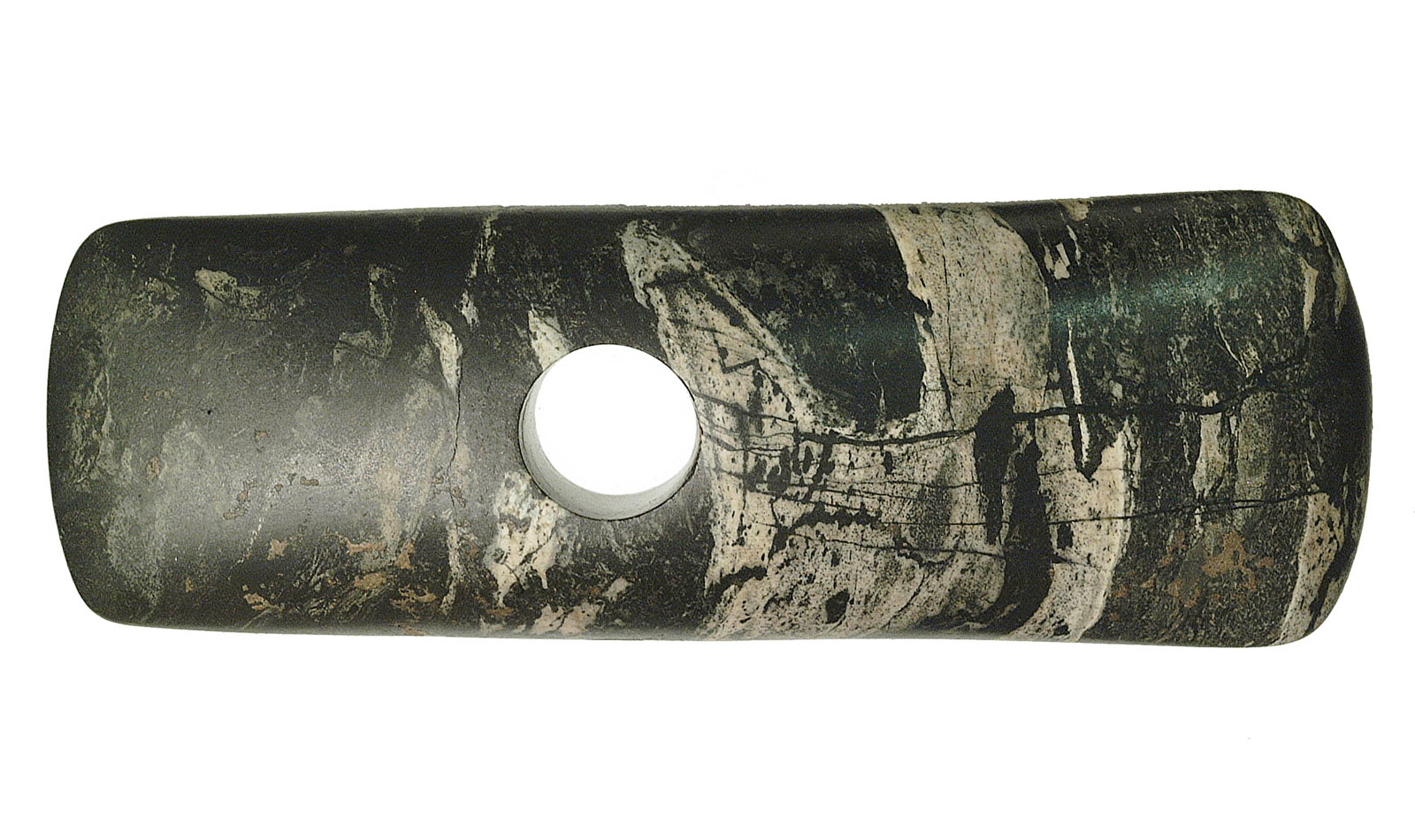
This is a Neolithic mace head of 2900-2100BC made of stone from the Orkneys.
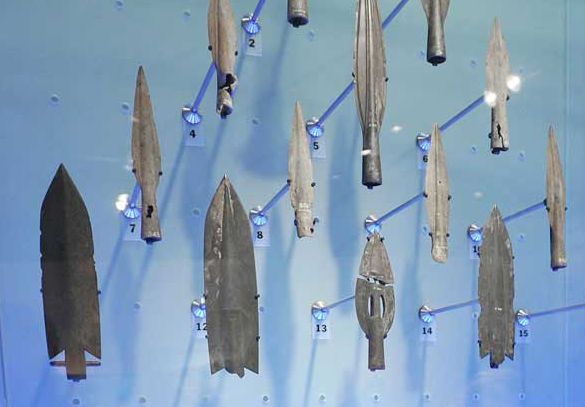
There were many bronze weapons from the Bronze Age of about 1900-1200BC.
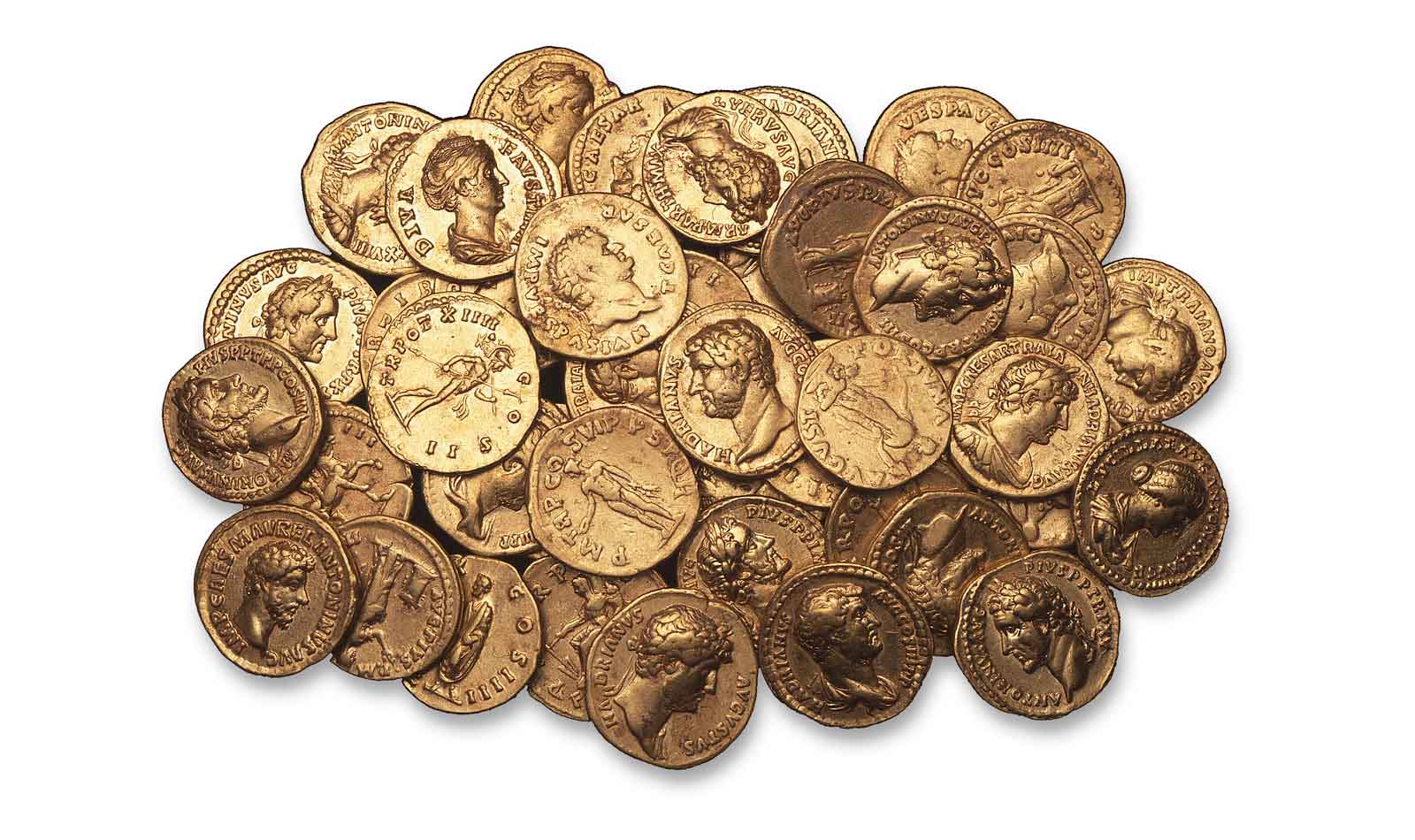
The next section was about Roman London from AD 50-410. This is a hoard of Roman gold coins dating AD65-0147
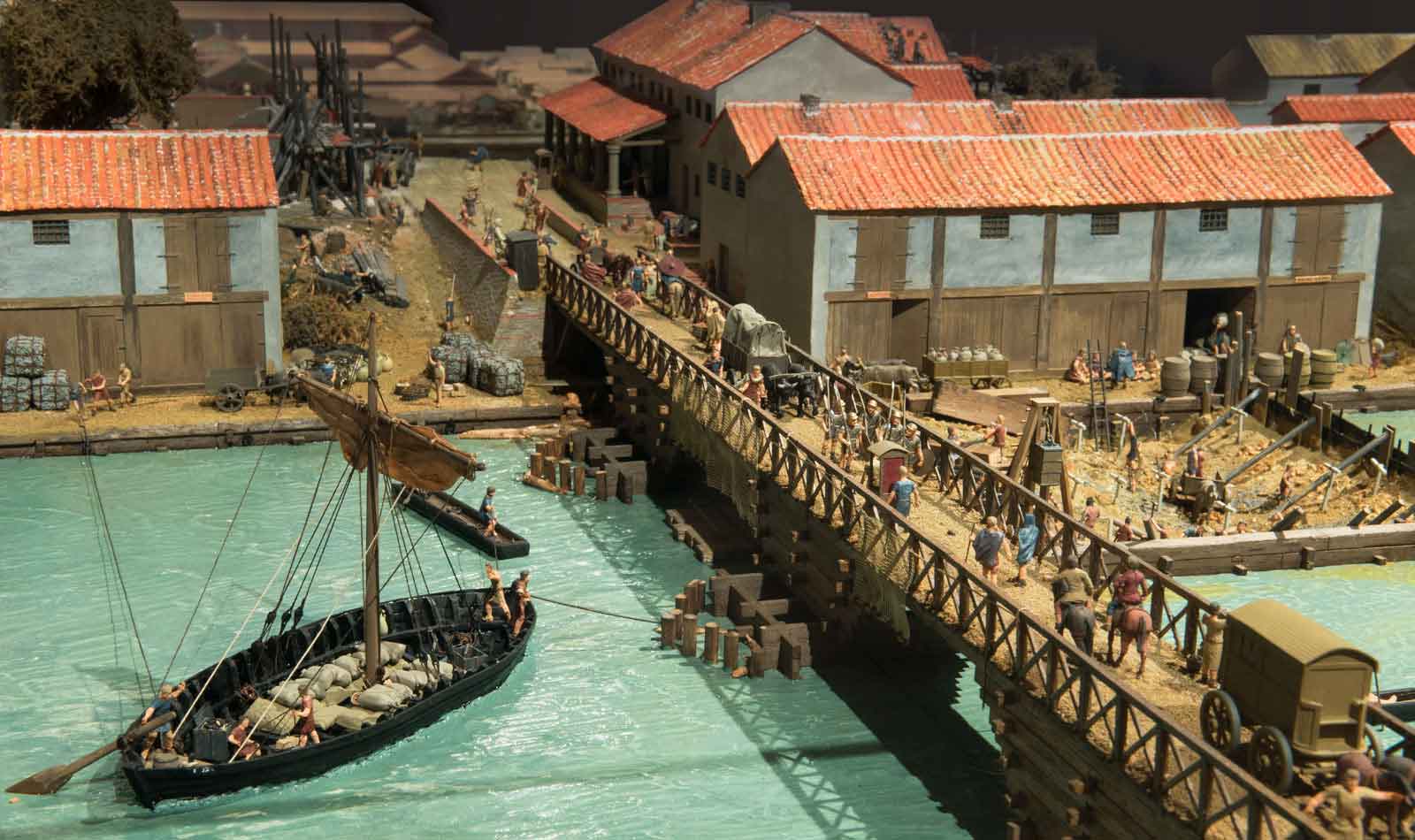
They also displayed a model of the Londinium Bridge built by the Romans.
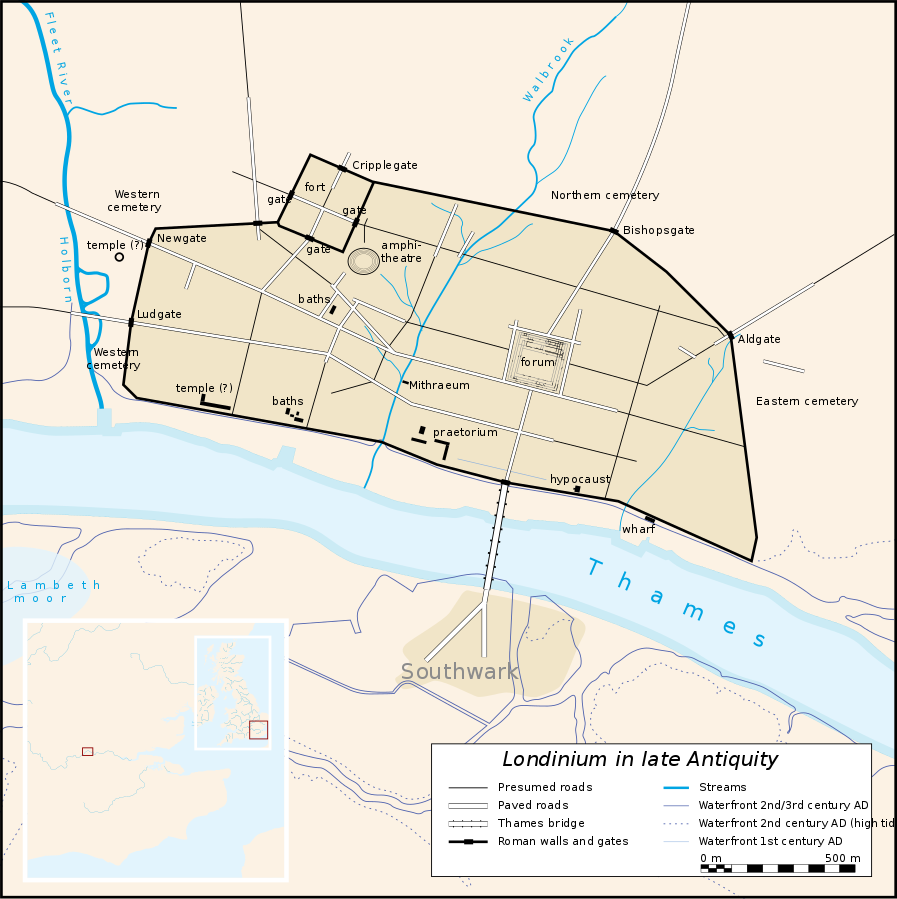
The Town of Londinium was well fortified and had walls, a fort, baths, a forum, an amphitheatre and a temple
Next was Medieval London of 410-1558. An example was a recreated late Saxon house.

Viking battle axes of the early 11th century, used by Vikings when they attacked London, were found.
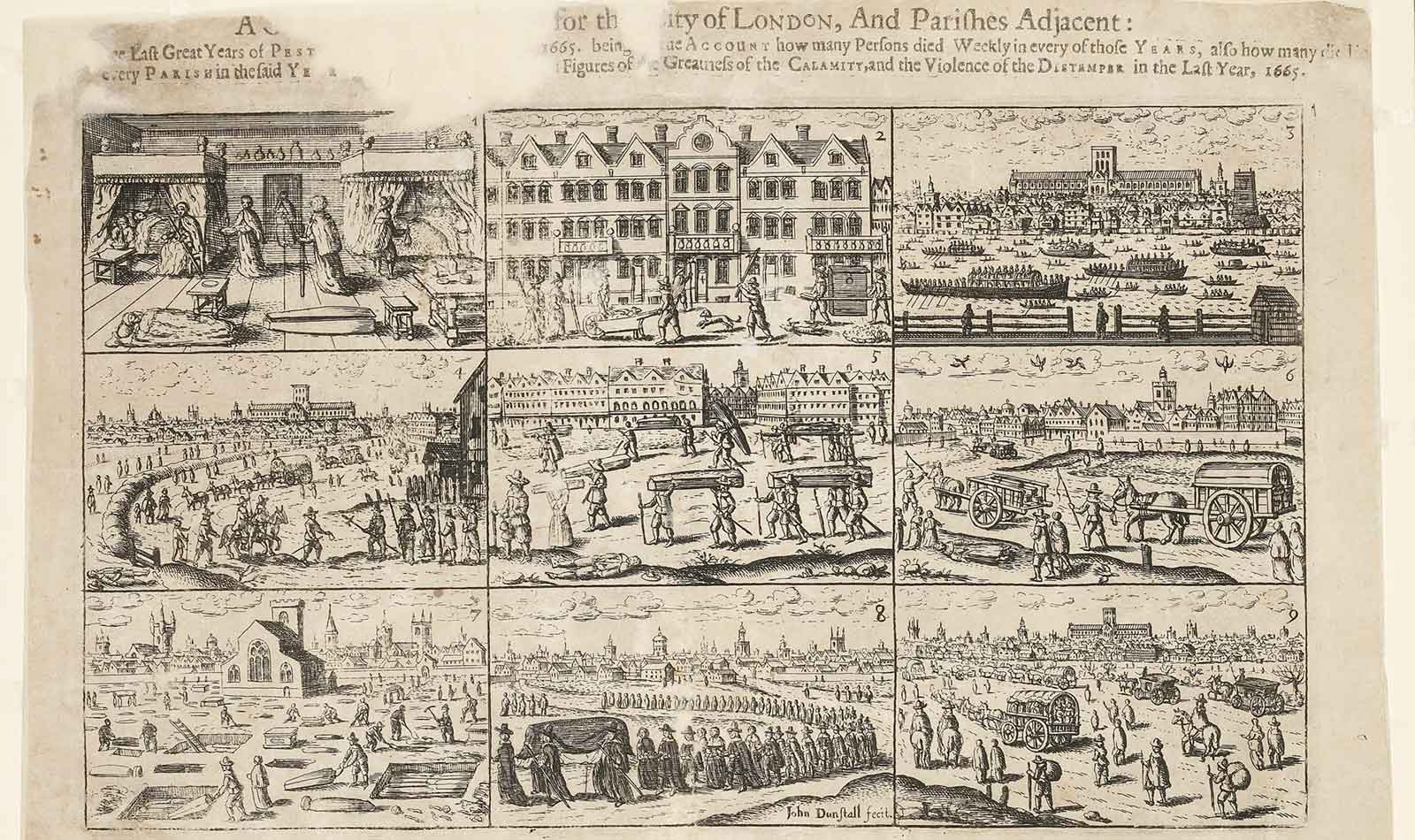
The next section was of the 1550s-1660s and was titled War, Plague and Fire. The Great Plague of 1665 killed some 100,000 Londoners. This print shows contemporary scenes of people fleeing from the plague or receiving treatment and then dying.
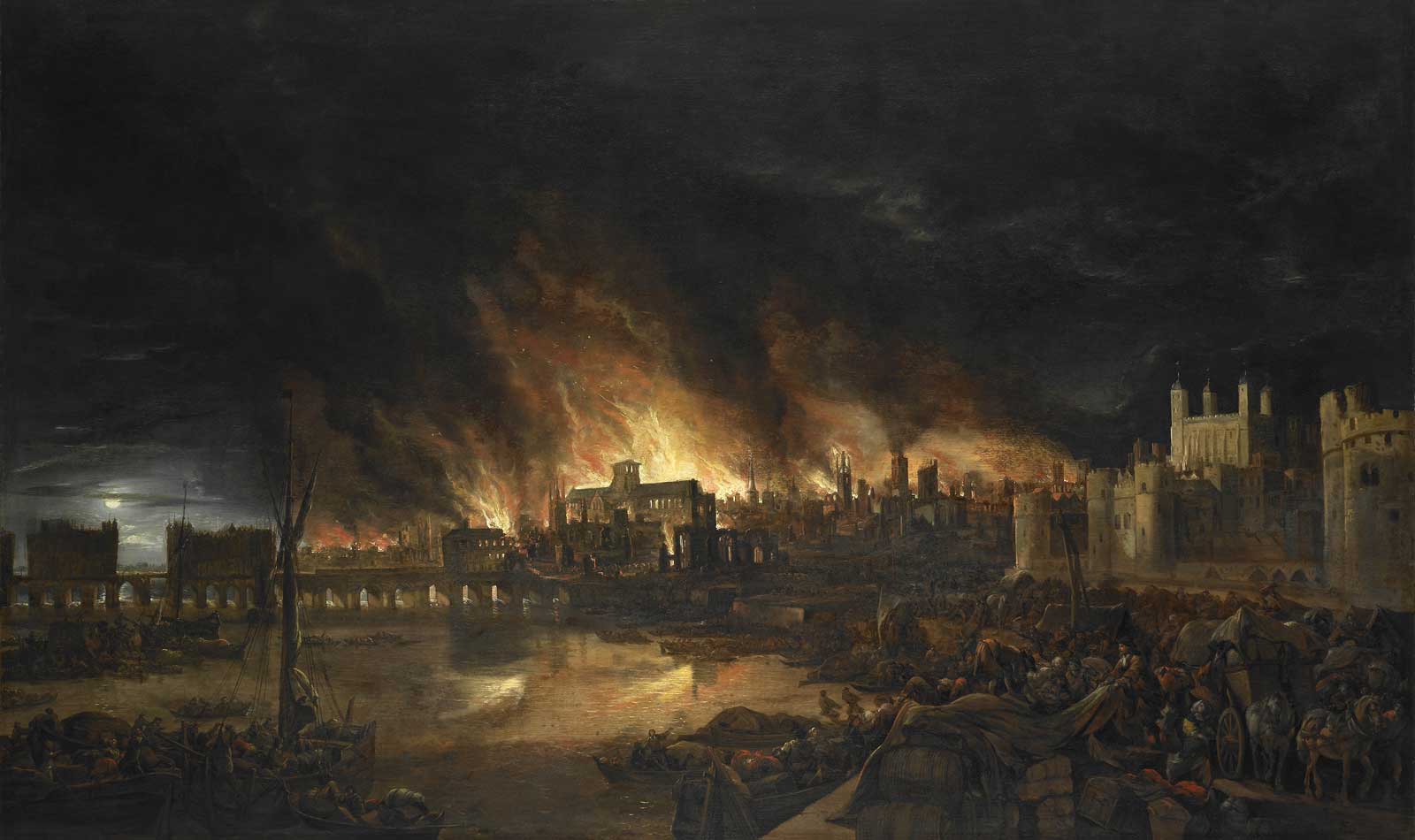
This is a painting of the Great FIre of 1666 which destroyed four-fifths of the City of London.
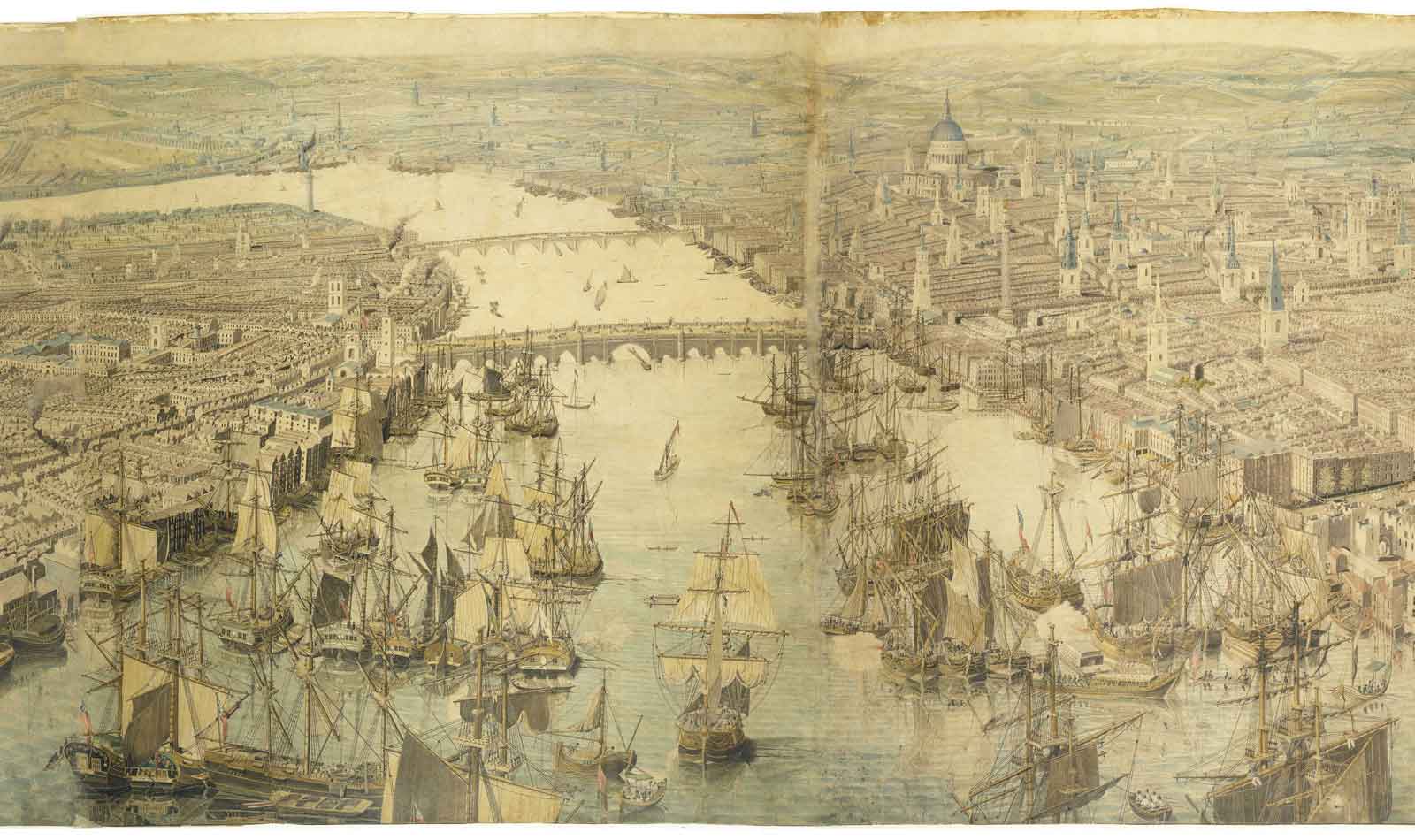
The next section is titled Expanding City , 1670s-1850s. This 1806 panorama looks west over the city.
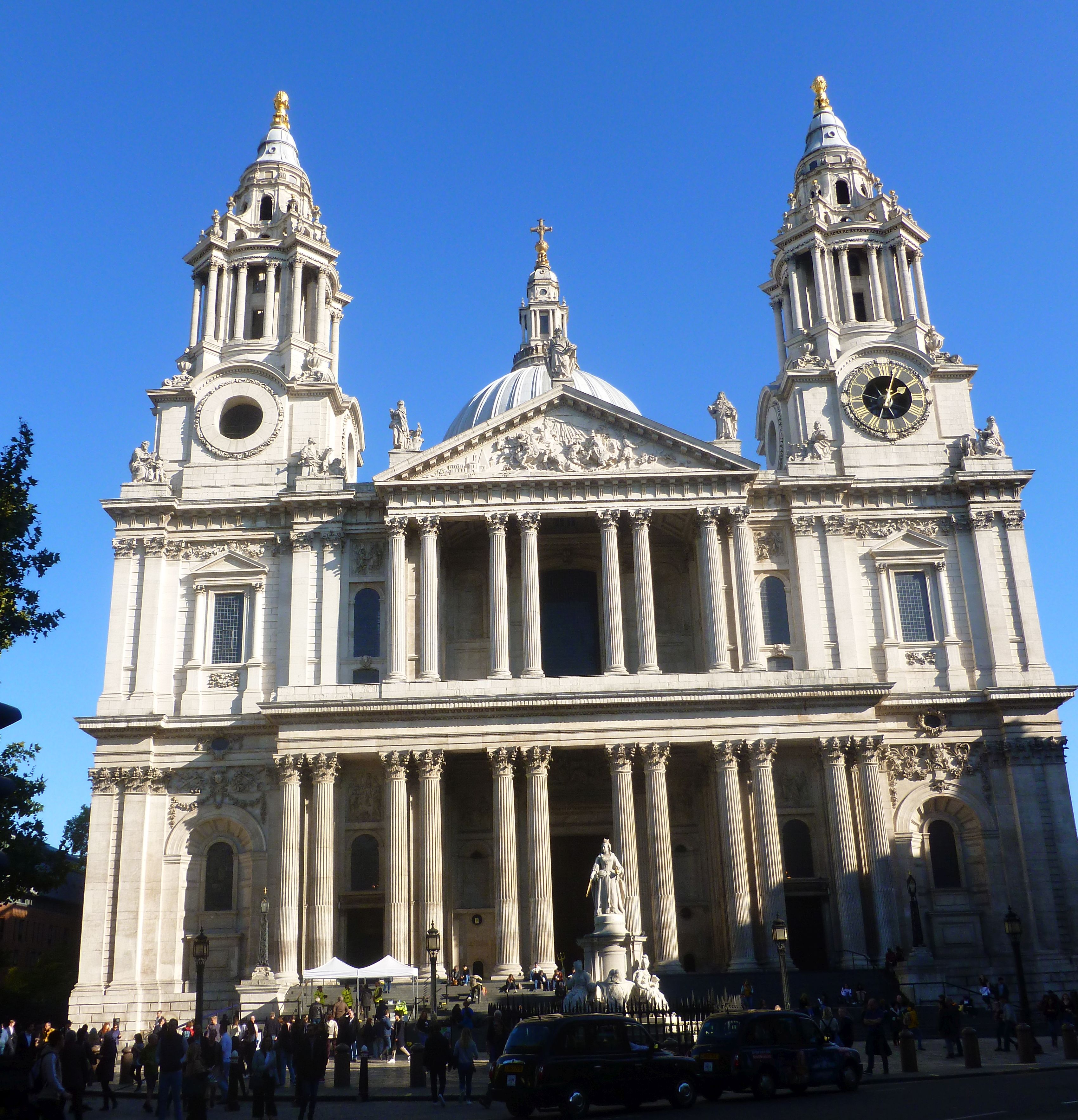
After a lunch break we walked to St. Paul's Cathedral, designed by Christopher Wren starting in 1668 and completed in 1711. It was part of a major rebuilding program after the Great Fire of 166. when the old church was gutted.
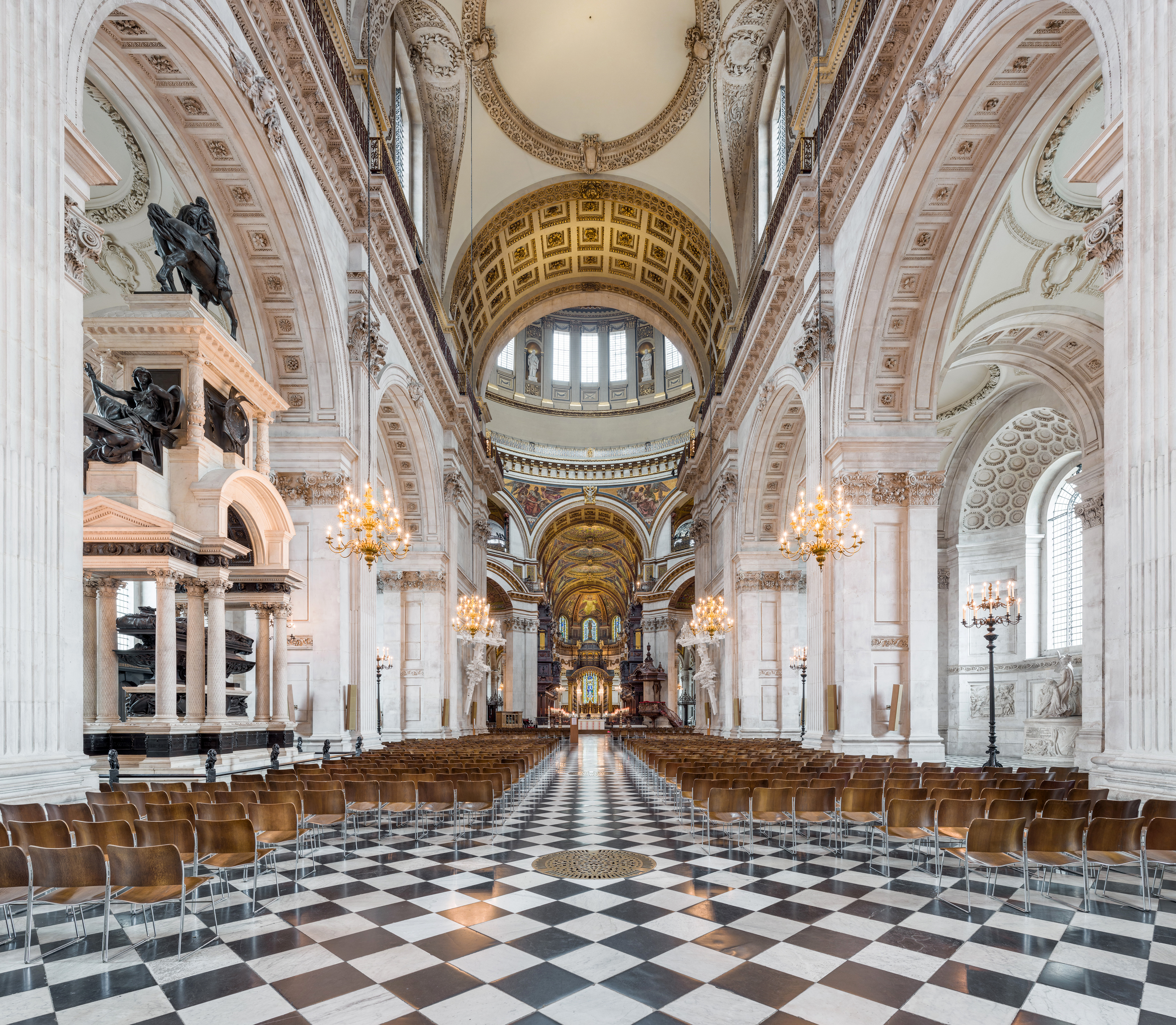
We were not allowed to photograph inside, so I found some Wikipedia photos, including this one of the interior.

In this photo we see part of the dome.

The Great Organ has 7,189 pipes, 5 manuals and 137 stops. We went to a concert later in the week to hear it.
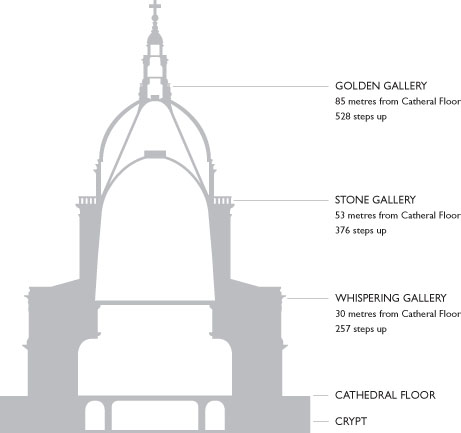
We did go into the crypt but didn't climb the stairs to the dome, which I did in 2002 and you can see those photos here .
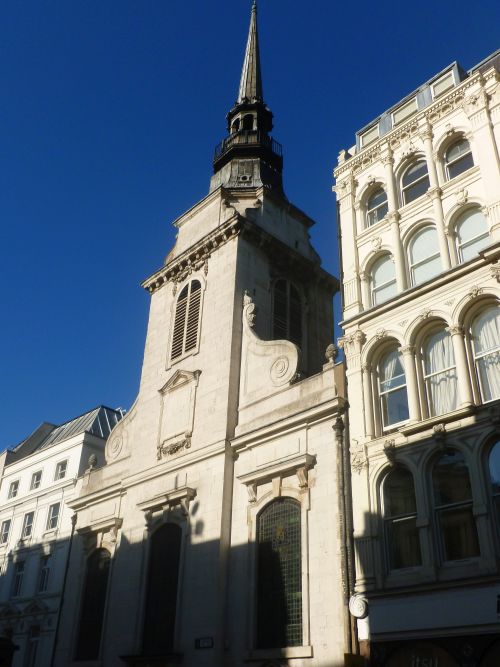
We then went to much smaller church, St. Martin's at Ludgate, built in 1684 by Christopher Wren.
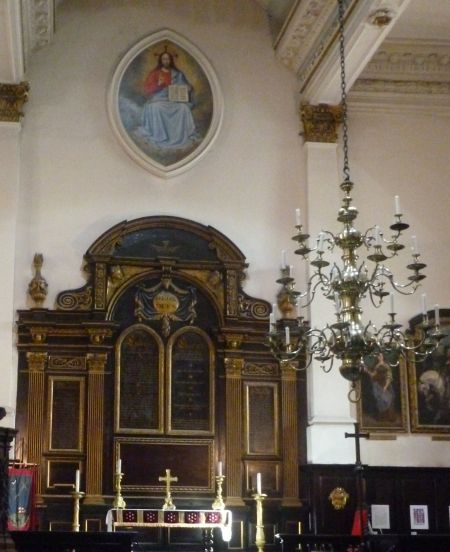
The interior.
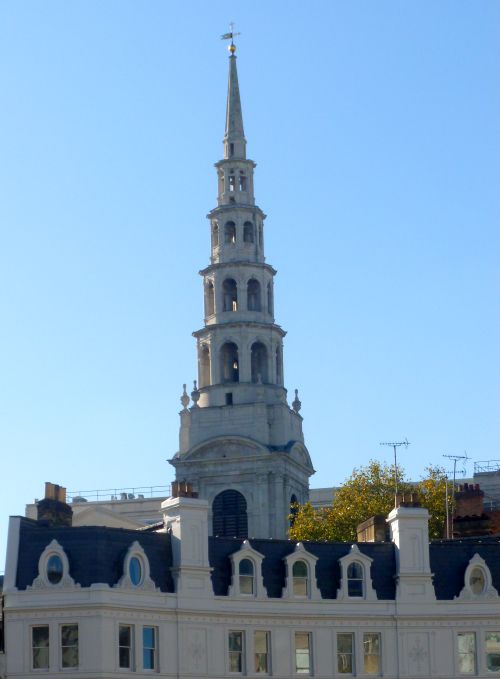
The next Wren church with its 226 foot steeple, was St. Brides, which is said to have inspired the tiered wedding cake.

The interior.
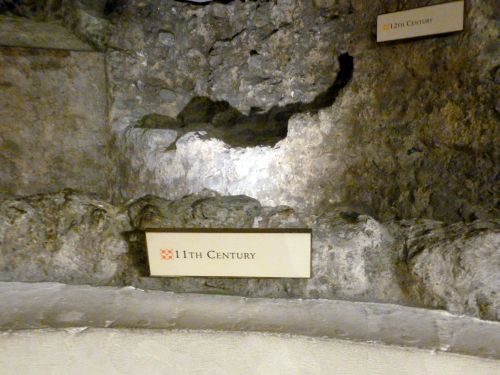
We could go down to remains of some of the 7 churches which had been built here. Here are walls of 11th century and 15th century churches.

The Temple Church is marked by its round shape and crenellated tower as a Crusader Church from the days of King Richard the Lionhearted. It was refurbished by Wren.

The interior.
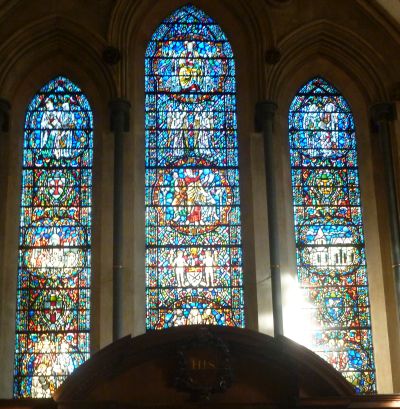
The stained glass at the front of the church

One panel suggest its military background.
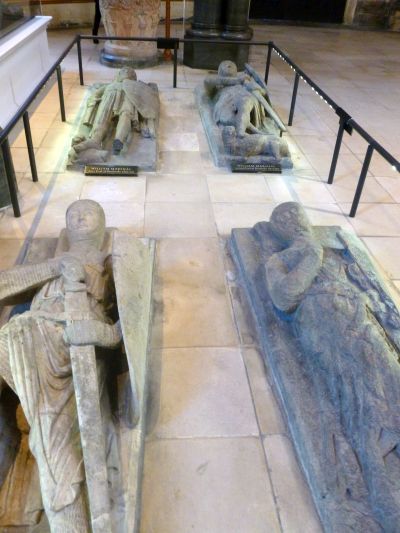
Some statues of honored knights lie on the floor.
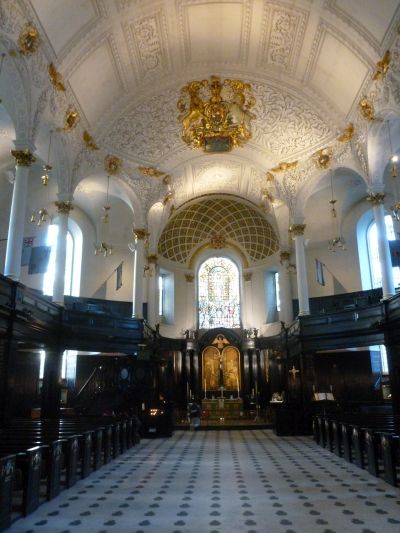
We stopped at one more Wren-designed church, St Clement Danes. Tomorrow we will go to the Tate Britain.